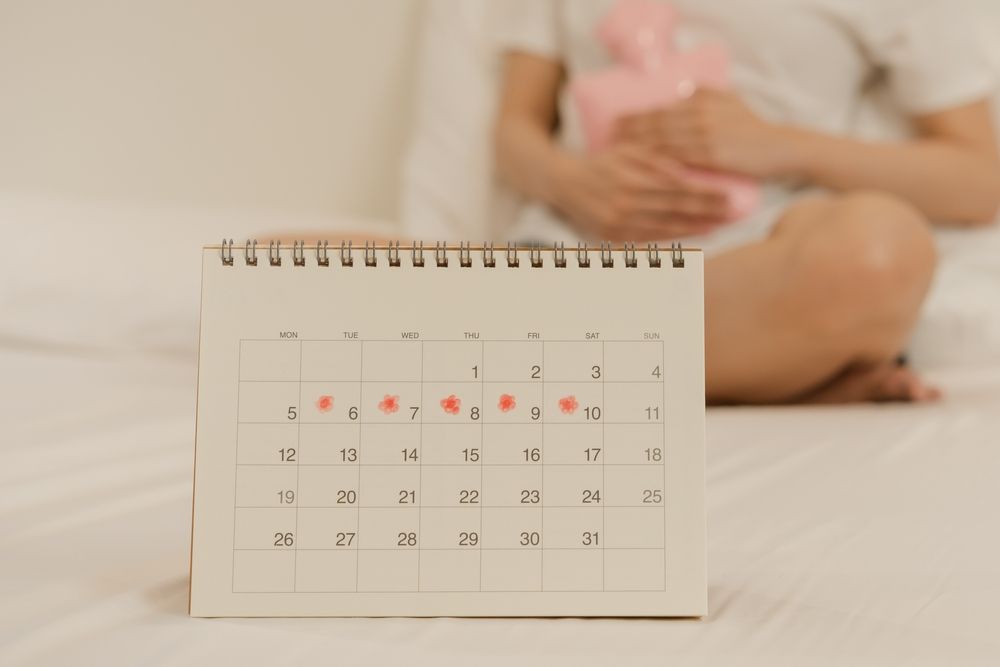Before the onset of menstruation, it’s common to experience a range of symptoms, letting you know it’s on its way. Among these are diarrhea, constipation, body aches, cramps, and the infamous mood swings. For some women, these symptoms become so severe they interfere with their normal day-to-day activities. While less than 8% of women experience this, it can notably impact their ability to maintain a normal lifestyle. Thankfully, there are steps you can take to address these symptoms and find relief by mitigating them.
An Overview Of Premenstrual Syndrome And Having a Better Period
Women’s bodies share a similar cycle to our moon, with menstruation occurring every 28 days. Similarly, menstruation has four distinct phases that occur during this cycle. Fluctuations in physical and emotional symptoms accompany these phases.
The phases of menstruation are as follows:
- Menstrual Phase – Days 1-5
- Follicular Phase – Days 6-13
- Ovulation – Days 14-16
- Luteal Phase – Days 16-28
PMS is a syndrome that occurs by the hormonal fluctuations taking place during the luteal phase. Following ovulation, feeling off-kilter, cranky, and tired is common. These symptoms increase in severity as the menstruation phase approaches. Those who have experienced PMS may recognize the following symptoms:
- Breasts that are swollen or tender
- Bloating
- Constipation or Diarrhea
- Headaches
- Fatigue
- Mood Swings
- Difficult Concentrating
These cycles continue regardless of whether you’re trying to conceive. The process of creating an environment suitable for gestation involves the surging of the progesterone and estrogen levels in our bodies. Following this, a sudden drop in our hormonal levels can impact us in various ways, including reduced serotonin production.
Eating a proper diet, getting enough sleep, and exercising regularly are some basic ways of improving the symptoms associated with your period. Supplements and relaxation can also help, but not all women can benefit from these, even if they are dedicated to sticking to them.
Thankfully, there are other options for treating birth control. These can include taking birth control to ease or eliminate your menstrual cycle. Antidepressants may also help. These may be prescribed for taking only during your luteal phase, or you may find greater benefit from taking them continuously. Your women’s health care provider will discuss these options to determine what best suits your needs.
One final note, there is a condition called premenstrual dysphoric disorder, or PMDD. This condition manifests as more severe mood swings than is common with PMS. Thankfully, the treatment for severe PMS symptoms and PMDD are effectively the same.
Contact Summit Women’s & Wellness Medical Group For More Information
If you’re struggling with disruptive symptoms from PMS, contact our office by calling 909-736-9091 and scheduling an appointment with our women’s health specialist today! We help countless women overcome the challenges of severe PMS symptoms and are eager to help you do the same. When you see us at our office in Rancho Cucamonga, CA, you’ll undergo a full examination and assessment to determine the nature of your symptoms and the best treatment plan to help you find relief. Schedule your appointment today!


